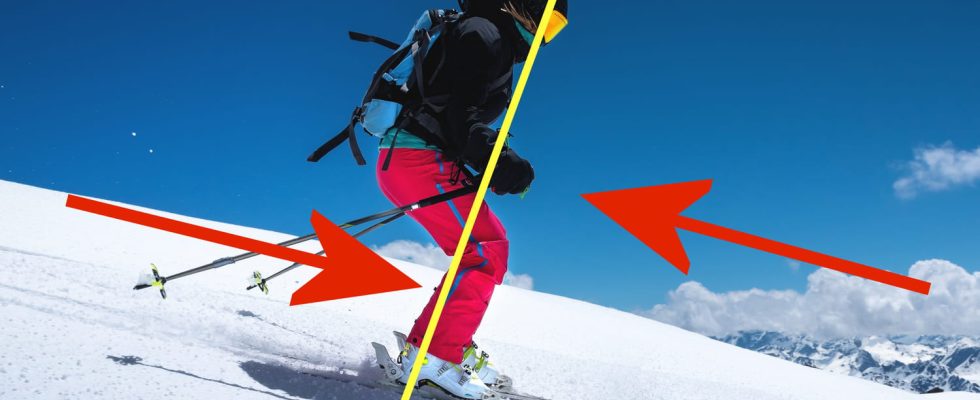Novice or experienced skier, certain postures must be respected.
With the gray, snow and cold, the call of the mountains and snowy slopes is certainly present in your minds. But there are several rules to follow to get your ski vacation off to a good start, whether you are a novice who is going to take your first steps in powder this year, a Sunday skier and even an experienced skier (without thinking of yourself as Cyprien Sarrazin either, double winner of the Kitzbühel downhill). Your posture is particularly essential.
It may even be one of the main elements for making the most of the slopes, because good posture will allow you to constantly adapt to all snow, sliding and speed conditions. It will also prove very valuable for your safety on the slopes. First of all, know that a good posture on your skis will allow you to guarantee freedom of movement and flexibility. This allows you to easily change your body position when changing direction or speed. The CheckYeti site, made up of board sports specialists, provides valuable advice on the subject.
To determine your best posture, you must “imagine 4 axes connecting the ankles, knees, hips and shoulders respectively. These axes must be parallel to each other.”
The lower limbs are a crucial element in skiing. The joints of the ankles, knees and hips allow you to absorb the different tracks and keep your balance. The most common mistake you can make is to stay too rigid and therefore prevent the legs from doing their job. To maintain the balance mentioned above, the position of your equipment is important because if your skis are too close, a fall is almost guaranteed.
Another common error: edge errors. In detail, this consists of losing balance following the support of the leg on the non-supporting edge. To avoid this type of problem, you can practice by standing on the edge of the slope and pressing the edge of your skis into the snow. You then release the pressure very slightly until you begin to slide down the slope. Once done, you plant the edges again in the snow until you stop.
If the lower body is important, what about the upper body? If you tend to lean your trunk and head towards the inside of the turn, the pressure exerted on the outside ski is then insufficient and a fall is also inevitable. Initiating turns with your upper body is therefore essential to avoid these problems. Ideally, you should leave your trunk and head towards the bottom of the track.
Finally, pay attention to your weight transfer. If you can’t steer it well and are too far back, you will definitely benefit from the tarps and nets along the tracks. Last little tip, if you feel like your thighs are burning, it may be because it’s time to get warm, but also because your posture is once again not the right one. Lean forward and press your shins against your ski boots, life will be much easier!
